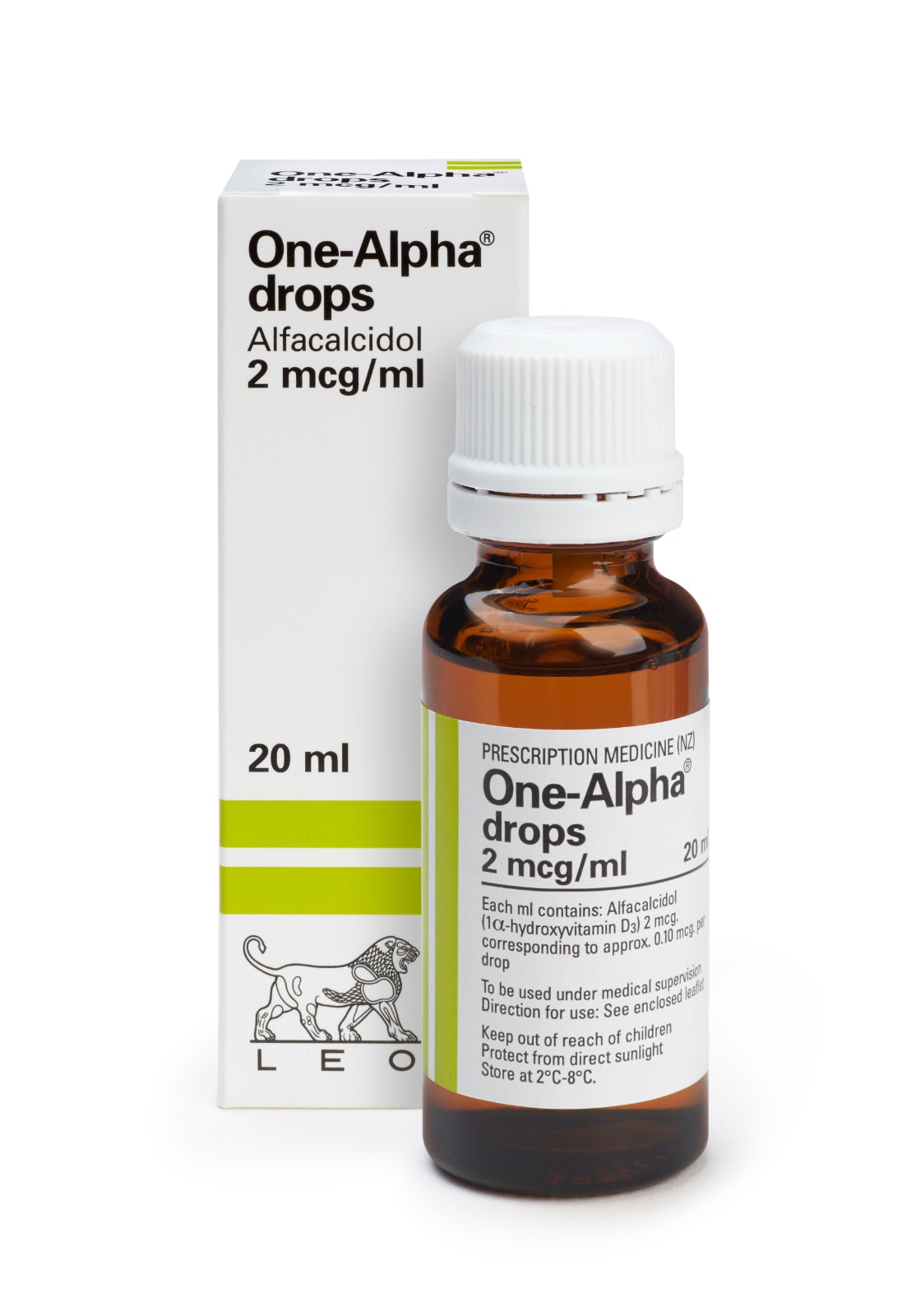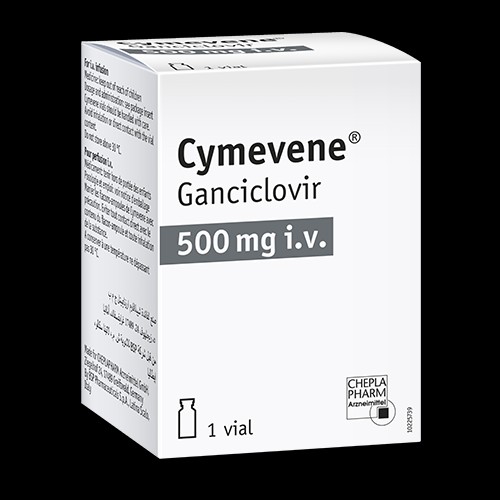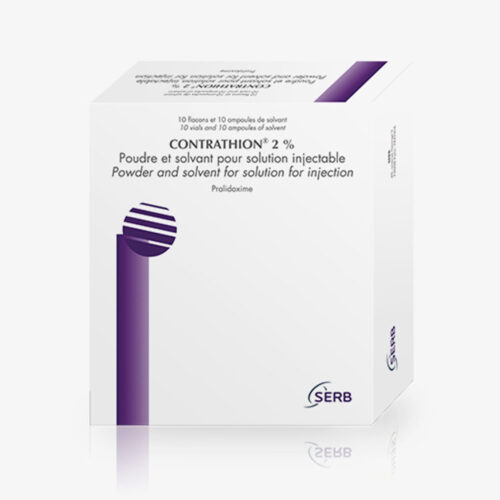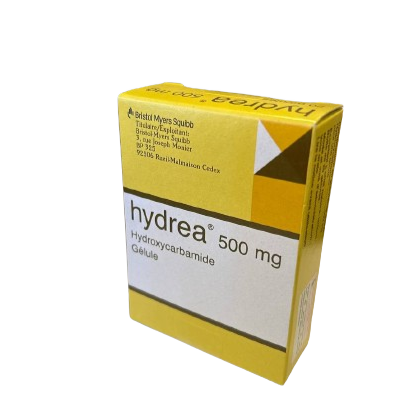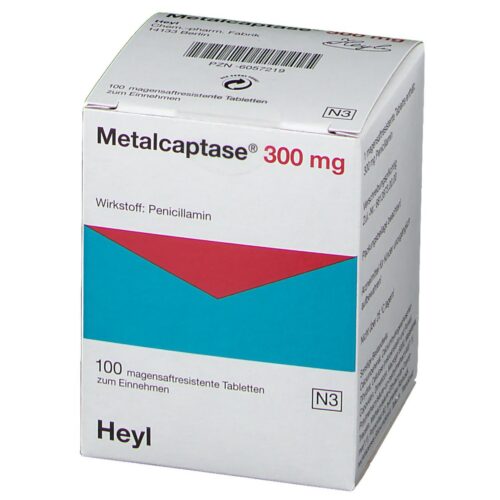Description
Description
Active ingredient: Alfacalcidol
One-Alpha 2 micrograms/ml oral drops.
One-Alpha is the brand innovator for alfacalcidol (vitamin D analogue) EMA approved.
Amber glass bottles of 10 ml and 20 ml, with a polyethylene dropping device and a polypropylene screw cap.
Indication
One-Alpha is indicated in all conditions where there is a disturbance of calcium metabolism due to impaired 1-α hydroxylation such as when there is reduced renal function. The main indications are:
- a) Renal osteodystrophy
- b) Hyperparathyroidism (with bone disease)
- c) Hypoparathyroidism
- d) Neonatal hypocalcaemia
- e) Nutritional and malabsorptive rickets and osteomalacia
- f) Pseudo-deficiency (D-dependent) rickets and osteomalacia
- g) Hypophosphataemic vitamin D resistant rickets and osteomalacia.
Dosage and route of administration
Posology
Initial dose for all indications:
Adults and children over 20 kg bodyweight: 1 microgram/day
Elderly: 0.5 microgram/day
Neonates and premature infants: 0.05 – 0.1 microgram/kg/day
Children under 20 kg bodyweight: 0.05 microgram/kg/day
Half-drop doses should be rounded up to the next whole number of drops.
The dose of One-Alpha should be adjusted thereafter to avoid hypercalcaemia according to the biochemical response. Indices of response include plasma levels of calcium (ideally corrected for protein binding), alkaline phosphatase, parathyroid hormone, as well as radiographic and histological investigations.
Plasma levels should initially be measured at weekly intervals. The daily dose of One-Alpha may be increased by increments of 0.25-0.5 microgram. When the dose is stabilised, measurements may be taken every 2-4 weeks.
Most adult patients respond to doses between 1 and 3 micrograms per day. When there is biochemical or radiographic evidence of bone healing (and in hypoparathyroid patients when normal plasma calcium levels have been attained), the dose generally decreases. Maintenance doses are generally in the range of 0.25 to 1 microgram per day. If hypercalcaemia occurs, One-Alpha should be stopped until plasma calcium returns to normal (approximately 1 week) then restarted at half the previous dose.
(a) Renal bone disease:
Patients with relatively high initial plasma calcium levels may have autonomous hyperparathyroidism, often unresponsive to One-Alpha. Other therapeutic measures may be indicated.
Before and during treatment with One-Alpha, phosphate binding agents should be considered to prevent hyperphosphataemia. It is particularly important to make frequent plasma calcium measurements in patients with chronic renal failure because prolonged hypercalcaemia may aggravate the decline of renal function.
(b) Hyperparathyroidism:
In patients with primary or tertiary hyperparathyroidism about to undergo parathyroidectomy, pre-operative treatment with One-Alpha for 2-3 weeks alleviates bone pain and myopathy without aggravating pre-operative hypercalcaemia. In order to decrease post-operative hypocalcaemia, One-Alpha should be continued until plasma alkaline phosphatase levels fall to normal or hypercalcaemia occurs.
(c) Hypoparathyroidism:
In contrast to the response to parent vitamin D, low plasma calcium levels are restored to normal relatively quickly with One-Alpha. Severe hypocalcaemia is corrected more rapidly with higher doses of One-Alpha (e.g. 3-5 micrograms) together with calcium supplements.
(d) Neonatal hypocalcaemia:
Although the normal starting dose of One-Alpha is 0.05-0.1 microgram/kg/day (followed by careful titration) in severe cases doses of up to 2 microgram/kg/day may be required. Whilst ionised serum calcium levels may provide a guide to response, measurement of plasma alkaline phosphatase activity may be more useful. Levels of alkaline phosphatase approximately 7.5 times above the adult range indicates active disease.
A dose of 0.1 microgram/kg/day of One-Alpha has proven effective as prophylaxis against early neonatal hypocalcaemia in premature infants.
(e) Nutritional and malabsorptive rickets and osteomalacia:
Nutritional rickets and osteomalacia can be cured rapidly with One-Alpha. Malabsorptive osteomalacia (responding to large doses of IM or IV parent vitamin D) will respond to small doses of One-Alpha.
(f) Pseudo-deficiency (D-dependent) rickets and osteomalacia:
Although large doses of parent vitamin D would be required, effective doses of One-Alpha are similar to those required to heal nutritional vitamin D deficiency rickets and osteomalacia.
(g) Hypophosphataemic vitamin D-resistant rickets and osteomalacia:
Neither large doses of parent vitamin D nor phosphate supplements are entirely satisfactory. Treatment with One-Alpha at normal dosage rapidly relieves myopathy when present and increases calcium and phosphate retention. Phosphate supplements may also be required in some patients.
Method of administration
One-Alpha Drops should be administered orally, using the integral dropper.
One drop = 0.1 microgram.

